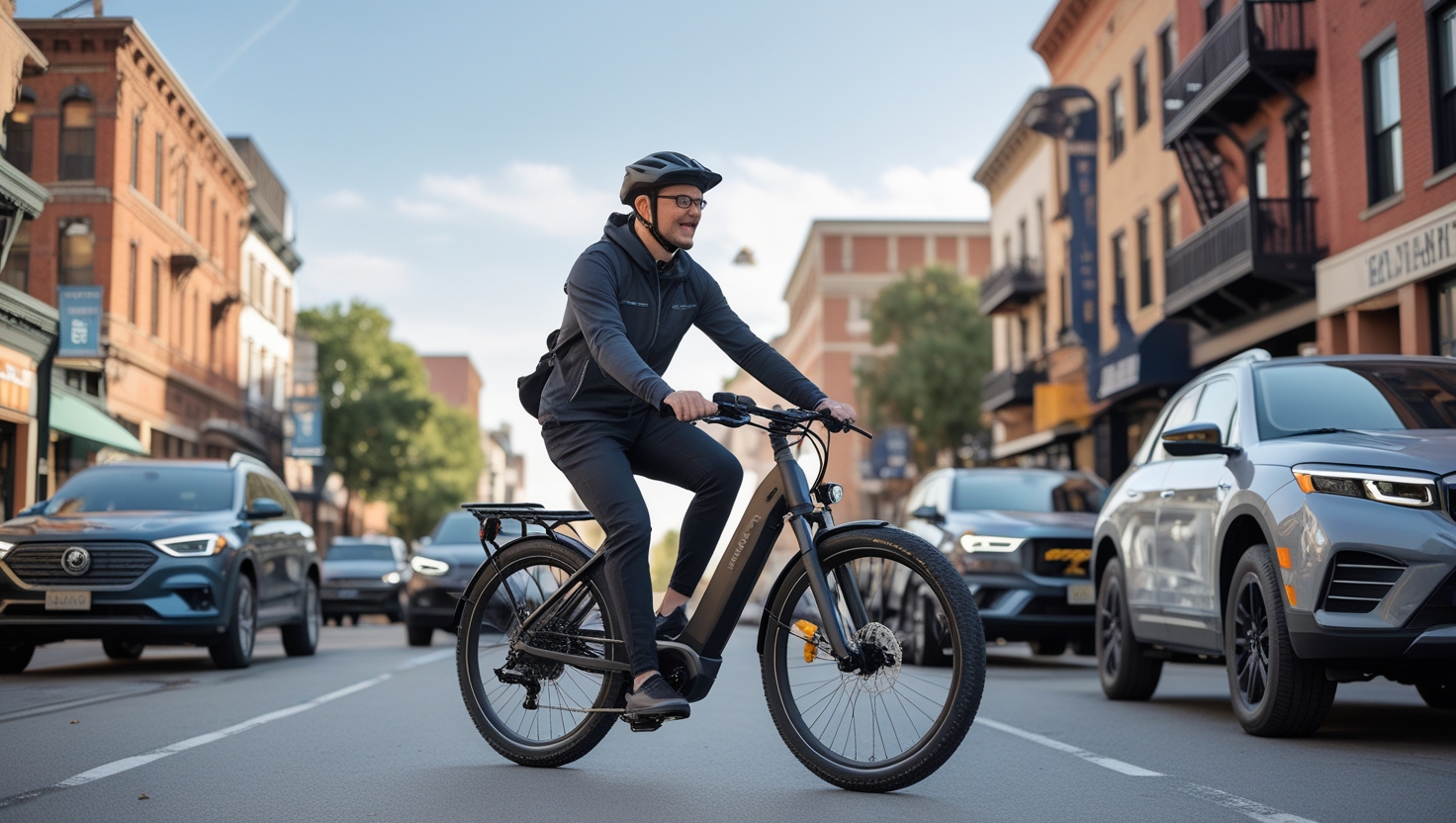Have you ever wondered how far you could ride your e-bike without worrying about running out of juice? 🚲⚡ I know I have! As someone who’s fallen in love with e-biking, I’ve often found myself pondering this question, especially when planning longer rides or commutes.
The truth is, the range of an e-bike can vary significantly depending on several factors. It’s not as simple as looking at a number on a spec sheet. From my experience, understanding your e-bike’s range is crucial for planning trips, managing battery life, and getting the most out of your rides. That’s why I’ve decided to dive deep into this topic and share what I’ve learned about e-bike range, the factors that influence it, and how you can maximize your battery life. Whether you’re a seasoned e-cyclist or considering your first e-bike purchase, this guide will help you unlock the full potential of your electric ride.
In the following sections, we’ll explore the ins and outs of e-bike battery range, examine the key elements that affect how far you can go on a single charge, and discover some practical tips to extend your riding distance. So, let’s get rolling and unravel the mystery of e-bike range together! 🔋🔍
Understanding e-bike battery range

Factors affecting e-bike range
I’ve found that several factors influence my e-bike’s range:
- Rider weight
- Terrain
- Wind conditions
- Pedal assist level
- Battery capacity
Average range expectations
Based on my experience, here’s a quick overview of average e-bike ranges:
| Battery Capacity | Flat Terrain | Hilly Terrain |
|---|---|---|
| 300Wh | 25-40 miles | 15-30 miles |
| 500Wh | 40-60 miles | 25-45 miles |
| 700Wh+ | 60-80+ miles | 40-60+ miles |
Importance of battery capacity
I’ve learned that battery capacity is crucial for determining my e-bike’s range. A larger capacity means I can ride longer distances without recharging, giving me more freedom and flexibility on my trips.
Key elements influencing e-bike range

A. Terrain and elevation
I’ve found that terrain and elevation significantly impact my e-bike’s range. Riding on flat roads allows me to cover more distance, while hilly terrain drains the battery faster. Here’s a quick comparison:
| Terrain Type | Impact on Range |
|---|---|
| Flat | Minimal |
| Hilly | Significant |
| Mixed | Moderate |
B. Rider weight and cargo
Maximizing your e-bike’s range

Efficient riding techniques
I’ve found that pedaling consistently, avoiding sudden accelerations, and maintaining a steady speed can significantly extend my e-bike’s range. Here’s a quick comparison of riding techniques:
| Technique | Impact on Range |
|---|---|
| Consistent pedaling | Increases |
| Sudden accelerations | Decreases |
| Steady speed | Increases |
Optimizing battery usage
Regular maintenance tips
As I’ve explored the world of e-bikes and their battery range, I’ve discovered that the distance an e-bike can travel on a single charge depends on various factors. From battery capacity and riding conditions to personal habits and bike maintenance, each element plays a crucial role in determining how far you can go.
I believe that understanding these factors and implementing strategies to maximize your e-bike’s range can significantly enhance your riding experience. By making simple adjustments like optimizing tire pressure, planning your routes carefully, and maintaining a consistent pedaling rhythm, you can extend your e-bike’s range and enjoy longer, more fulfilling rides. Remember, the key is to find the right balance between using the electric assist and your own pedaling power to get the most out of your e-bike adventures.
